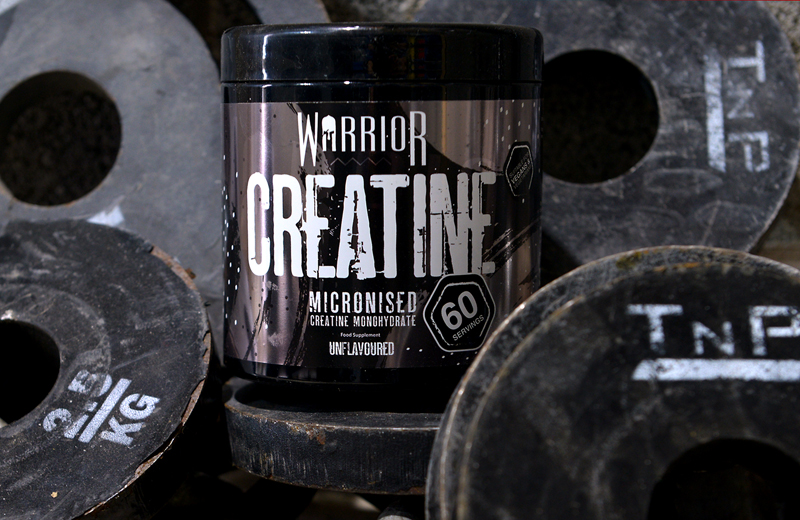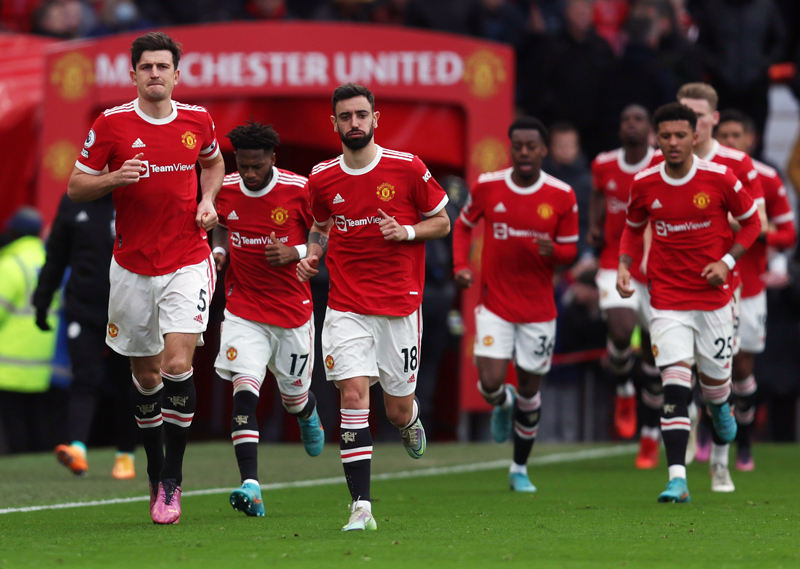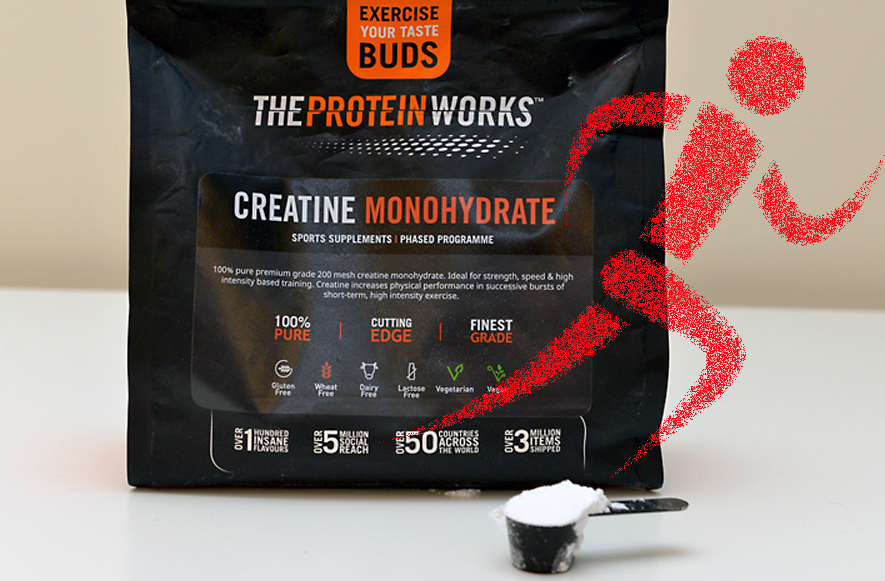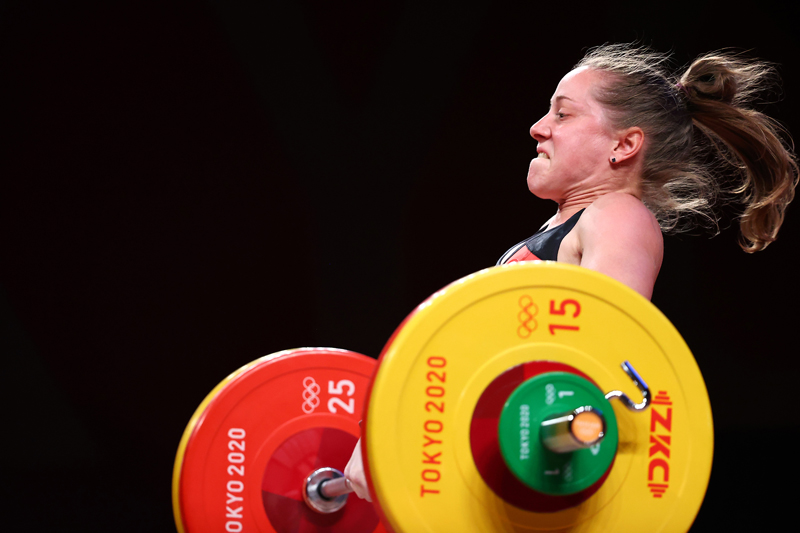Performance enhancing drugs: supplement contamination
How to protect yourself - and your reputation - from drug contamination
In a previous issue of Sports Performance Bulletin, I examined the current scale of contamination of apparently ‘harmless’ supplements with additives that might cause unwary athletes to fail drug tests (PP176, January 2003, p7). In this article I intend to focus on what athletes can do to reduce their risk of inadvertent contamination. I must stress at the outset, though, that there is no absolute guarantee of safety at present, which explains the reluctance of the International Olympic Committee (IOC), the International Association of Athletics Federations (IAAF) and other bodies to take some seemingly obvious steps.In both respects this represents a contrast with most instances of contamination with testosterone and nandrolone, where the amounts are so small that they are neither effective in building muscle nor harmful to health. It is generally agreed that this type of contamination is due to poor manufacturing.
In the light of the methandienone findings, the IOC-approved laboratory based at the German Sports University in Cologne decided to look at whether stimulants were similarly contaminated. It had long been suspected that some manufacturers of herbal tonics add stimulants to their products. Most of the herbal compounds sold as stimulants are almost entirely ineffective, and few customers will make a repeat purchase if they do not perceive a benefit. Add something that makes them feel good and they will not only buy more but will also tell their friends about this great product. The usual additives are caffeine and ephedrine-related compounds, which could give rise to positive test results for unwary athletes.
The Cologne scientists purchased 110 supplements that were advertised as stimulants but did not list either caffeine or ephedrines among the ingredients declared on their labels. These samples were obtained from various outlets in different countries around the world. On analysis, 14 of the samples were found to contain caffeine and two to contain ephedrines. The point is that while athletes taking these products might well feel better as a result and may also show signs of improved performance, there is a real risk of a positive drugs test. In the case of ephedrine, there is also a risk of adverse, potentially serious, side effects. As with methanedienone, this contamination seems to be deliberate rather than accidental.
A positive test can mean career death
In most cases, the amount of contaminant is too small for athletes to experience any significant health risks or performance benefits. The main concern is for athletes who are liable to be called for drug testing. As we have seen, a positive test can spell the end of an athlete’s career.There are, of course, some athletes who are anxious to avoid taking steroids and stimulants even though they are never likely to have to give a urine sample for testing. And indeed, élite and recreational athletes alike have the right to be aware of what is in any supplement that they take. But it appears that there are no guarantees at present. A previous study by the Cologne scientists suggested that between 15% and 25% of all supplements could be contaminated with steroids. The identities of the products tested were not listed, but they included protein powders, vitamins and minerals as well as other products that should, in theory, be completely safe for athletes.
Athletes and coaches have called for the list of positive supplements to be made public and for the IOC or other governing body to publish a definitive list of ‘safe’ supplements. But the fact is that, for various reasons, this is not likely to happen in the foreseeable future and athletes are going to have to rely on their own wits and do some serious homework. This will involve carrying out a cost-benefit analysis on each supplement they are thinking of using, swotting up on its potential benefits and weighing up the evidence of effectiveness in relation to their particular sport or event. They will also need to find out about the possible risks associated with the supplement, which is not as easy as it sounds, since there is limited evidence available for most of the supplements on sale in the health and sports nutrition shops and websites.
Do supplements really work?
It might reasonable to assume that supplements would not be sold if they did not work, but this is not the case. Many supplements on sale have not been tested on athletes and so lack any evidence for performance benefits. In many cases, tests with very high concentrations of the supplement have been carried out on isolated animal cells grown in test tubes. But even if an effect is seen under these conditions, this does not constitute evidence that the supplement will work at the much lower concentrations that can be achieved in the human body, or will have any effect on performance.For some supplements and sports products, there is good evidence of a direct effect on performance. These include mainstream products like sports drinks, and also some supplements like caffeine and creatine. For most, though, the evidence is limited and mixed. Even so, you may consider it worthwhile taking such a product if there is evidence that some people may benefit, because you could be one of them!
A great place for information is the nutrition section on the Australian Institute of Sports site. (Visit www.ais.org.au, and go to the Sports Science and Sports Medicine part of the site). If you use the big search engines like Google or Ask Jeeves, you should be aware that most of the information is from supplement sellers. Better to stick to the reputable sites.
There are some websites where you can find out about supplements that have caused problems due to the presence of impurities. Consumerlabs regularly publishes updated information on the purity of commercial products and has an extensive library of product tests, which names those found to be ‘clean’ and others that are not so good.
A recent test of ginseng products, for example, found a high amount of the pesticide hexachlorobenzene – a chemical with the potential to cause cancer in humans – in one product. Levels of two other toxic pesticides were also above acceptable levels. Another product that was labelled ‘extra strength’ contained less than 10% of the active ginsenoside ingredients.
The US Food and Drug Administration website contains an enormous amount of information and is well worth spending some time on. Although not focused specifically on sports supplements, there is information on a wide range of nutrition issues, including supplements. You can also see the proposals for changes to the regulations governing the manufacture, distribution and sale of supplements. If these do eventually become law, they will tighten the regulations and reduce the risks of products being incorrectly labelled.
Finally, if you are prepared to put up with some information in German, go to the website of the testing laboratory at the German Sports University in Cologne. You will find information on their studies of contaminated supplements, the results of previous Austrian tests (including the names of the contaminated products), and a guide to supplements that are considered ‘safe’.
Armed with all this information, what should you then do? It’s pretty simple really: if there is no evidence for a beneficial effect, it is not worth taking the product. If there is evidence of contamination of the product you are considering, or even products from the same company, there would need to be a pretty compelling reason to take it.
There are, of course, many other factors to bring into the equation, including cost. If the risk is low and there is some (weak) evidence in favour, it may be worth a shot if the financial outlay is not high. On the other hand, you may feel that it is not worth investing substantial sums of money for a product that probably does not work.
The factors in the equation will be different for different people. The football player on £100,000 per week with a nagging knee pain may consider glucosamine is worth a try, but for others the cost will be more of a consideration. The élite athlete, aware that the difference between a gold medal and a fourth place in the 100 metres final may be only 0.01 seconds, is looking for even the smallest advantage. The fun runner training twice a week is probably better advised to look at other factors, such as making sure his diet is good and his shoes fit for the task.
Ron Maughan
You need to be logged in to continue reading.
Please register for limited access or take a 30-day risk-free trial of Sports Performance Bulletin to experience the full benefits of a subscription. TAKE A RISK-FREE TRIAL
TAKE A RISK-FREE TRIAL
Newsletter Sign Up
Testimonials
Dr. Alexandra Fandetti-Robin, Back & Body Chiropractic
Elspeth Cowell MSCh DpodM SRCh HCPC reg
William Hunter, Nuffield Health
Newsletter Sign Up
Coaches Testimonials
Dr. Alexandra Fandetti-Robin, Back & Body Chiropractic
Elspeth Cowell MSCh DpodM SRCh HCPC reg
William Hunter, Nuffield Health
Keep up with latest sports science research and apply it to maximize performance
Today you have the chance to join a group of athletes, and sports coaches/trainers who all have something special in common...
They use the latest research to improve performance for themselves and their clients - both athletes and sports teams - with help from global specialists in the fields of sports science, sports medicine and sports psychology.
They do this by reading Sports Performance Bulletin, an easy-to-digest but serious-minded journal dedicated to high performance sports. SPB offers a wealth of information and insight into the latest research, in an easily-accessible and understood format, along with a wealth of practical recommendations.
*includes 3 coaching manuals
Get Inspired
All the latest techniques and approaches
Sports Performance Bulletin helps dedicated endurance athletes improve their performance. Sense-checking the latest sports science research, and sourcing evidence and case studies to support findings, Sports Performance Bulletin turns proven insights into easily digestible practical advice. Supporting athletes, coaches and professionals who wish to ensure their guidance and programmes are kept right up to date and based on credible science.









